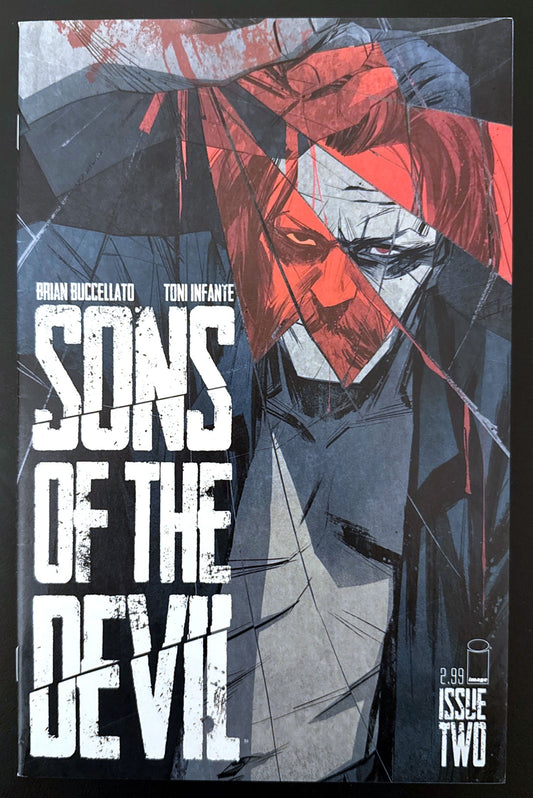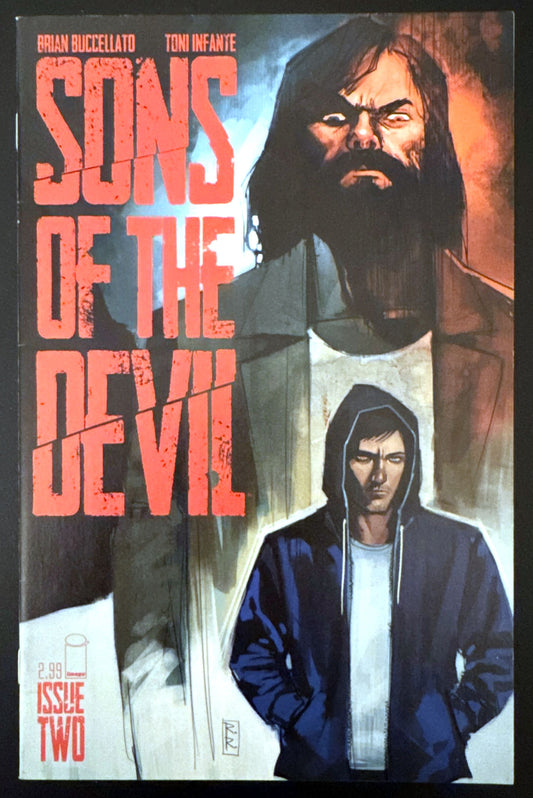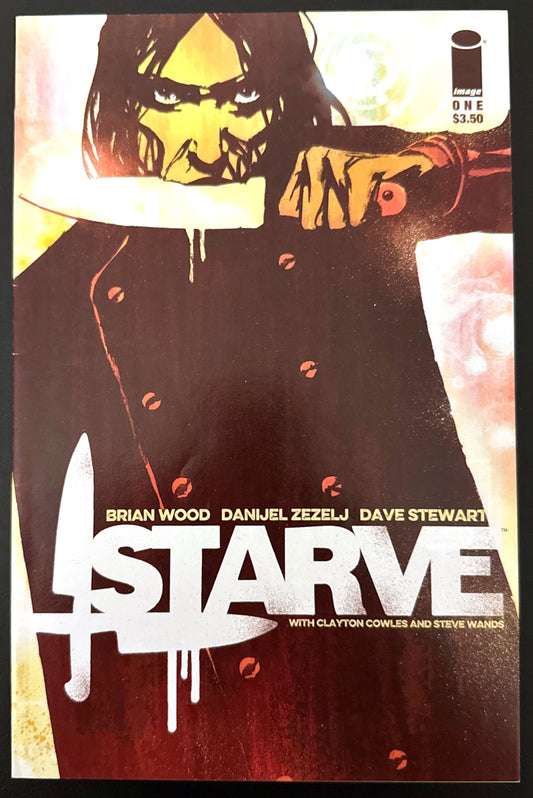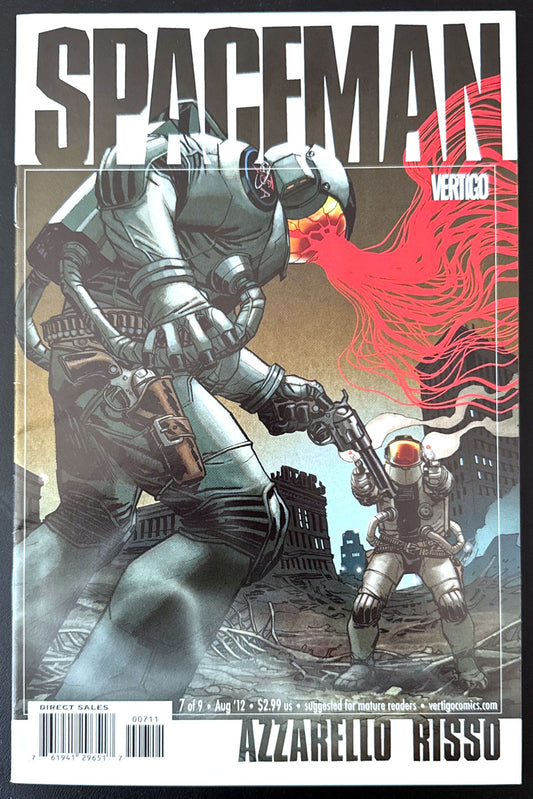
Celebrating John Byrne’s Fantastic Four: A Definitive Marvel Milestone
Gareth PetersShare
When discussing the greatest creative runs in Marvel Comics history, John Byrne’s tenure on Fantastic Four (issues #232 to #293) often comes up as a high water mark. Running from 1981 to 1986, Byrne’s work redefined Marvel’s First Family, elevating their adventures to new heights while respecting the legacy of Stan Lee and Jack Kirby. It’s no exaggeration to say that Byrne’s run remains a cornerstone of comic book storytelling—a masterclass in balancing character-driven narratives with cosmic-scale drama.
My journey with the Fantastic Four
The Fantastic Four has always been my absolute favourite comic series. The first comic I ever bought was Fantastic Four#45, and it sparked a lifelong passion for Marvel’s First Family. From that moment, I was hooked, and I started to collect the entire Volume 1 of the Fantastic Four. But it was John Byrne’s run that truly blew me away. His tenure on the series was the first run I ever completed and read in its entirety, and it remains the crown jewel of my comic book collection.
A creative renaissance
By the early 1980s, Fantastic Four was in a slump. Although still popular, the series had lost much of the pioneering spark that made it a game-changer during Lee and Kirby’s original run. Enter John Byrne: a writer and artist who approached the series with an eye for reinvention. His vision was clear—to return the FF to their roots while exploring uncharted territory.
As both writer and artist, Byrne wielded unparalleled creative control, and it showed. His dual role allowed for a seamless integration of story and visuals, with tightly plotted scripts and dynamic panel compositions working in perfect harmony. Whether charting the depths of the Negative Zone or tackling personal struggles on Earth, Byrne’s storytelling was consistently compelling.
Character-driven excellence
One of Byrne’s greatest strengths was his ability to humanise the Fantastic Four. He deepened the familial dynamics at the heart of the series, making Reed Richards, Sue Storm, Johnny Storm, and Ben Grimm feel more relatable and complex than ever before. Reed was portrayed as a brilliant but flawed leader; Sue evolved from an often sidelined character into the powerful and independent Invisible Woman; Johnny matured from a hotheaded youth into a more responsible hero; and Ben’s existential struggles as The Thing were explored with newfound poignancy.
Byrne also introduced unforgettable supporting characters and villains. He revitalised Doctor Doom, grounding the iconic antagonist’s grandeur in a deeper sense of personal tragedy. He also brought new depth to Galactus, transforming the world-devouring entity into a more morally ambiguous figure. Meanwhile, characters like She-Hulk and Franklin Richards enjoyed pivotal moments that left lasting impressions on the Marvel Universe.
Pushing the boundaries of science fiction
While Byrne excelled at character work, he also embraced the Fantastic Four’s legacy as a sci-fi series. His stories traversed parallel dimensions, alien worlds, and the farthest reaches of time and space. From the dark dystopia of “Days of Future Present” to the grandiose cosmic saga of “Trial of Reed Richards,” Byrne balanced high-concept storytelling with accessible narratives. Of these, I think the "Trial of Reed Richards" was my favourite arc of the run. I loved the way Reed had to justify saving a being as destructive as Galactus. He had to argue that although Galactus had wiped out countless worlds, he wasn’t inherently evil but simply performing his task in the universe. This new way of looking at Galactus and the depth of Reed’s testimony was just fantastic!
Visual brilliance
As an artist, Byrne’s dynamic style was perfectly suited to the FF’s larger-than-life adventures. His clean lines, expressive faces, and intricate details brought the pages to life. From epic battles against Galactus to quiet, emotional moments between characters, Byrne’s artwork captured the full spectrum of human and superhuman experience.
Notably, Byrne also experimented with visual storytelling techniques. His use of splash pages, innovative layouts, and cinematic pacing kept the series visually fresh and engaging.
Legacy and influence
Byrne’s Fantastic Four run is often credited with restoring the series’ reputation as “The World’s Greatest Comic Magazine.” It’s also an essential chapter in Marvel’s history, influencing countless creators who followed. Writers and artists have drawn inspiration from Byrne’s ability to blend soap opera-style drama with high-concept adventure, ensuring the FF’s enduring appeal.
Today, Byrne’s work is widely celebrated by fans and scholars alike. Collected editions of his stories remain bestsellers, and discussions of his impact on the comic book industry are ongoing. Whether you’re a longtime fan or a newcomer to the series, revisiting John Byrne’s Fantastic Four is an experience that rewards readers with its richness, innovation, and heart.
Why it still matters
In a world where superhero stories dominate pop culture, John Byrne’s Fantastic Four run stands as a reminder of what makes this genre special. It’s not just about the battles, the powers, or the spectacle—it’s about the people behind the masks and their connections to one another. Byrne understood this better than most, and his work continues to resonate because of it.
So, if you’ve never explored this landmark run, there’s no better time. John Byrne’s Fantastic Four isn’t just a great comic—it’s a blueprint for how superhero stories can soar to astonishing new heights.

























